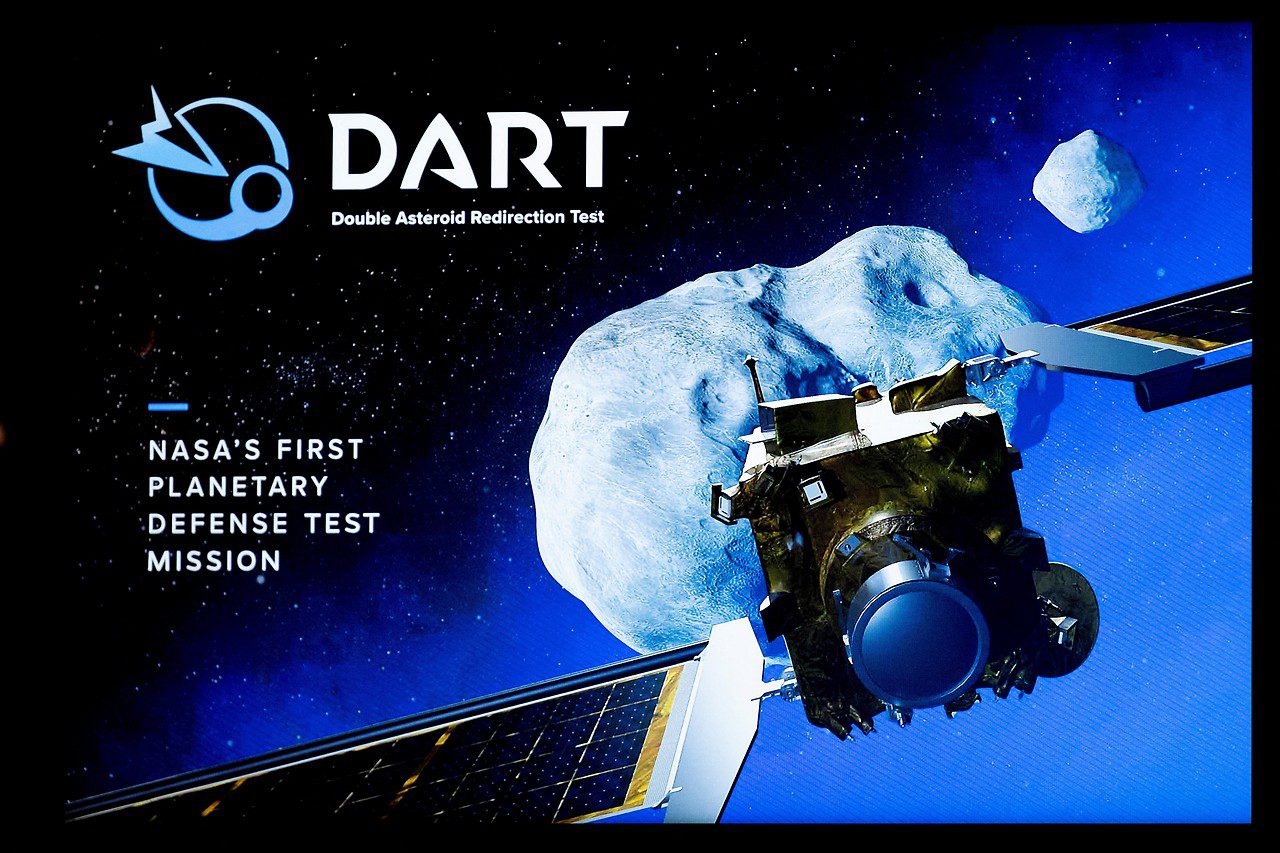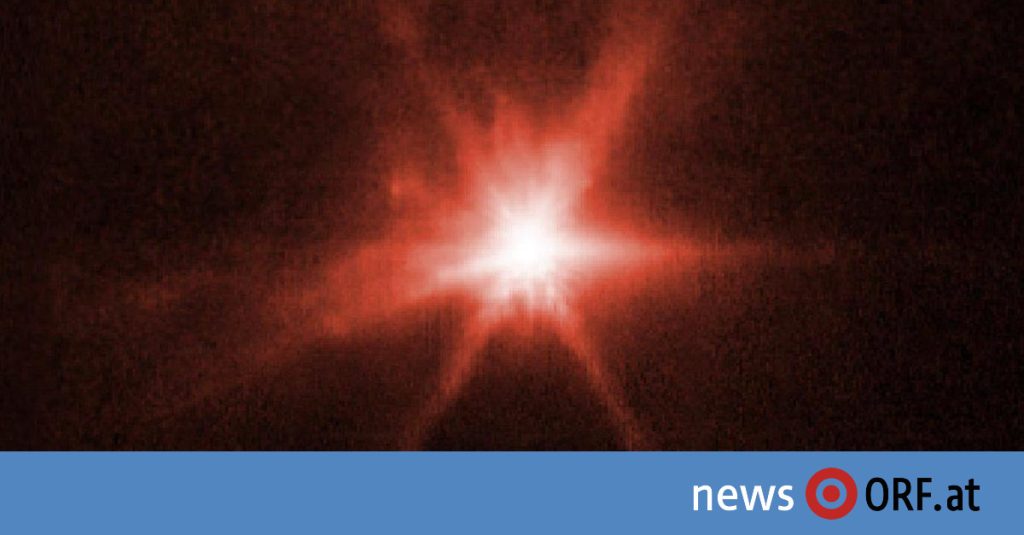It used to take Demorphos 11 hours and 55 minutes to circle his older brother Didymus, now it takes 11 hours and 23 minutes. “We’ve shown the world that NASA is a serious defender of this planet,” Nelson said.
The DART space probe collided with the orb on September 26 at a speed of more than 23,000 kilometers per hour. This was the first ever maneuver in space to test defense against an Earth-threatening asteroid. In order to direct a dangerous asteroid beyond Earth in an emergency, only minor changes in path with early intervention will be necessary.
Target exceeded
NASA’s goal was to shorten Demorphos’ orbit by up to ten minutes. This goal has now been significantly exceeded: the reduction is 32 minutes.
Until now, similar missions were seen only in the cinema – the key word “Armageddon”. Far from fiction, astronomers are currently unaware of any threatened asteroids. However, NASA wanted to be prepared. “We are now entering a new era for humanity in which we may have the ability to protect ourselves from an asteroid impact,” NASA Executive Director Laurie Glaese said after the maneuver.
NASA chief sees turning point
“This mission shows that NASA is trying to be prepared for whatever the universe throws at us. “NASA has proven that we take planet defense very seriously,” said Space Agency President Bill Nelson, describing the mission’s success as a “watershed moment” in protecting humanity from collision. Asteroid. In the coming weeks and months, the impact of the collision will now be further investigated. In 2024, the European Space Agency’s (ESA) similar “HERA” mission is set to begin a more detailed exploration.
Relief already on mission day
In images sent back to Earth by the probe’s camera, the asteroid Demorphos became visible only as a bright spot about an hour before the collision, then grew in size and finally appeared with surface detail and shading – until the camera was destroyed on impact and that image displayed a red error.
At the end of September, there was a relief at NASA’s Control Center. Traveling at 4 miles per second, the probe has been on autopilot for the past few minutes, and it wasn’t entirely clear if it would actually hit the asteroid.
A distraction instead of destruction
NASA’s $325 million Double Asteroid Redirection Test (DART) mission has put the “safety of Earth’s future” on the line for NASA. This is the first time a dangerous object has been pushed out of the way with a direct experiment, said Thomas Zurbuchen, NASA’s director of science. The Dart probe was launched last November with a “Falcon 9” missile from California, USA.
Experience without risk
There was no risk in the experiment. Demorphos, about 160 meters in diameter, and the larger 780-meter asteroid Didymos, which orbits Demorphos, were at least about 11 million kilometers from Earth. Had the spacecraft missed the asteroid’s moon, it would have had enough fuel for a second attempt in two years.

The DART mission was accompanied by telescopes on the ground and the James Webb Space Telescope, as well as cameras on the site. The probe’s camera system sent images of the Dimorphos back to Earth up to the point of impact. Then, a toaster-sized satellite, which was detached from the DART spacecraft a few weeks ago, must fly through the impact site and provide close-up images.
27,000 asteroids near Earth
In 2024, the European Space Agency will send the Hera probe on a two-year journey to study the impact site and the surface of Demorphos in more detail. Over the next 100 years, scientists do not see any asteroid threatening the Earth. If you wait too long, Zurbuchen said, there will be a body. Scientists have identified about 27,000 asteroids near Earth, about 10,000 of which are more than 140 meters in diameter.
An asteroid collision has already occurred. 66 million years ago, the Chicxulub asteroid, which was about 10 kilometers in diameter, struck what is now Mexico, causing a permanent winter and linked to the extinction of the dinosaurs.

“Social media evangelist. Baconaholic. Devoted reader. Twitter scholar. Avid coffee trailblazer.”







More Stories
These brands are most vulnerable to phishing scams
Apple Maps Now Has a Web Version and Wants to Challenge Google Maps
Best AirDrop Alternatives for Android